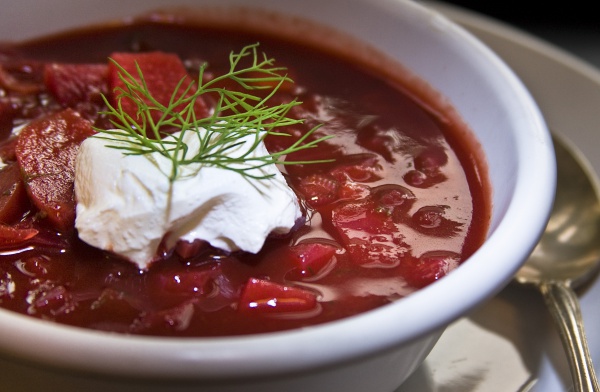Facts About Smetana
Smetana is a delectable type of sour cream originating from Central and Eastern Europe. Made by fermenting heavy cream, its milkfat content ranges from 9% to 36%, depending on the region, distinguishing it from crème fraîche and the lighter sour creams common in the United States.
Smetana is a staple in Central and Eastern European cuisines, imparting a creamy, tangy flavor to soups, salads, meat dishes, pancakes, and stews. It is particularly popular in Hungarian and Eastern European Jewish cooking, although Jewish dietary laws prohibit mixing it with meat.
In countries such as the Czech Republic, Slovakia, and Poland, "smetana" may refer to both sweet cream and sour cream, but it always contains at least 10% fat. In Ukrainian, Belarusian, and Russian kitchens, sour cream is indispensable for soups, salads, and dumplings. Germanic cuisines feature a similar product known as Schmand, used in both savory dishes and sweet treats like cakes and desserts.
When exploring different brands of smetana, you'll find that the fat content varies significantly—from 10% to as high as 70%. Some varieties include thickeners like gelatin, though true smetana aficionados often prefer the pure version without any additives.
Romania offers a comparable product called Smântână, made by separating milk fat, which is a key ingredient in many traditional dishes.

 Poland
Poland